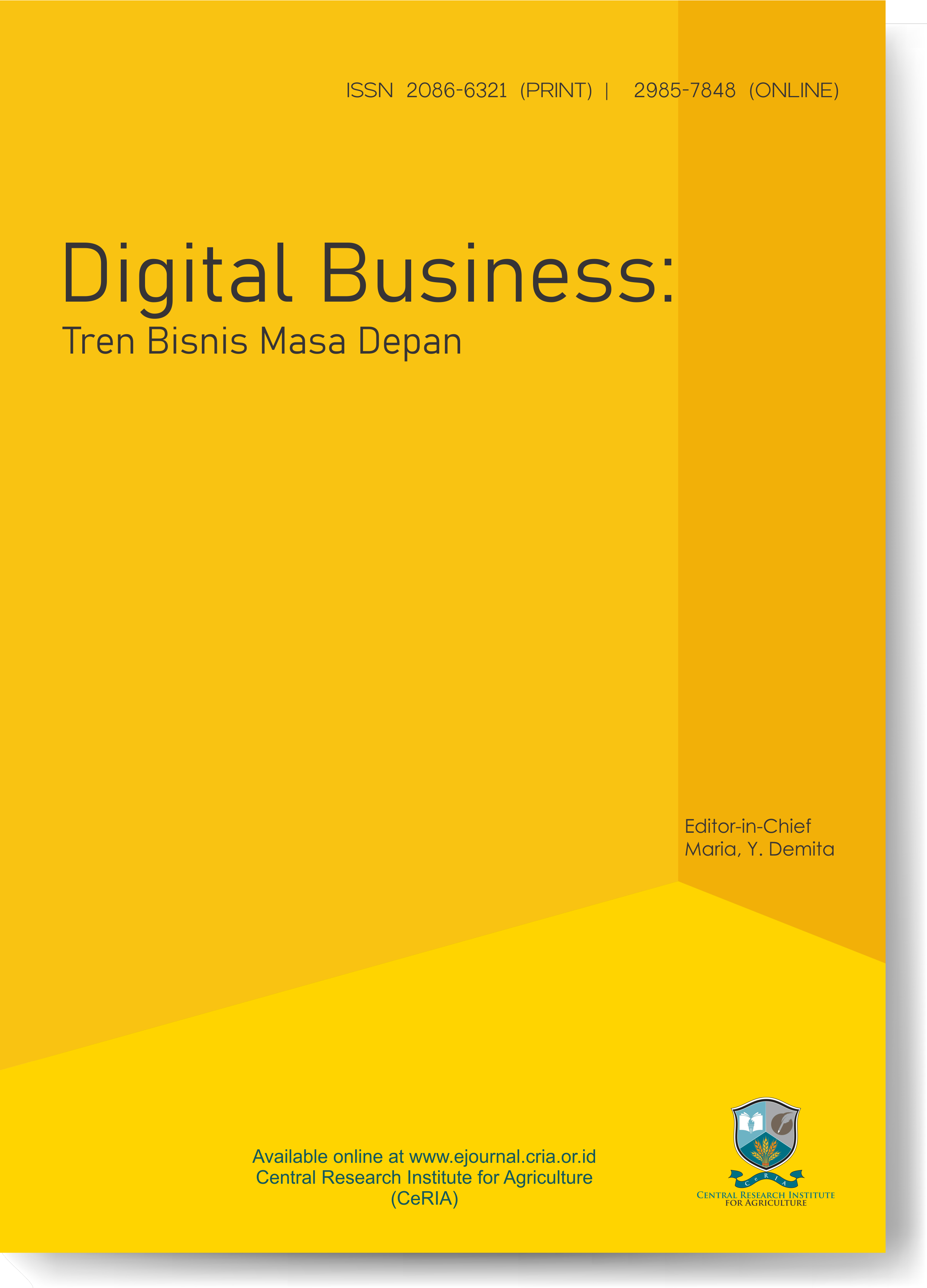Human resource management in the digital era
Keywords:
Human, Digital, Management, Resource, EraAbstract
Digital transformation affects various sectors, including human resource (HR) management. The use of digital technology in HR can accelerate the recruitment, employee development and performance assessment processes, while improving organisational efficiency and productivity. This article explores the impacts and challenges of implementing digital technologies in HR management. The research method involves a literature study and analysis of various relevant sources. Results show that the integration of technology in HR management supports organisations to be more adaptive and responsive to dynamic business needs. However, this implementation requires a careful approach, especially regarding employee training, data privacy policies, and organisational readiness for technological change.
References
Aydın, Ö., Karaarslan, E., & Dutta, P. (2023). Artificial Intelligence, VR, AR and Metaverse Technologies for Human Resources Management. SSRN Electronic Journal, 1–4. https://doi.org/10.2139/ssrn.4480626
Azah, A.-S. A. (2021). Manpower, AI, robot, Re-imagining the Workforce. Industry and Higher Education, 3(1), 1689–1699. http://journal.unilak.ac.id/index.php/JIEB/article/view/3845%0Ahttp://dspace.uc.ac.id/handle/123456789/1288
Durou, E., Abou Jaoude, J., & Khalife, R. (2016). The changing role of people management in the digital age. Deloitte & Touche (M.E.), 1–7. https://www2.deloitte.com/content/dam/Deloitte/xe/Documents/human-capital/dme_hc_changing_role_of_people_management_in_the_digital_era.pdf
Fairuzzabadi, H. H. (2012). Strategic Human Resource Management and Sustainable Competitive Advantage : the Role of. 1(September), 1–18.
Grieshaber, S. (2020). Equity and research design. In Doing early childhood research (pp. 177–191). Routledge.
Hantono, D., Sidabutar, Y. F. D., & Hanafiah, U. I. M. (2018). Kajian Ruang Publik Kota Antara Aktivitas Dan Keterbatasan. Langkau Betang: Jurnal Arsitektur, 5(2), 80. https://doi.org/10.26418/lantang.v5i2.29387
Kalsum, U. (2022). Pengenalan Kecerdasan Buatan (Artificial Intelligence) Kepada Para Remaja. Procedia Computer Science, 166, 310–314. https://www.binadarma.ac.id
Kato, Y. (2020). AI/Fintech and Asset Management Businesses. Public Policy Review, 16(4), 1–28. https://ideas.repec.org/a/mof/journl/ppr16_04_04.html
Kumari, P. (2021). Role of Artificial Intelligence (AI) in Marketing Role of Artificial Intelligence (AI) in Marketing View project. August. https://www.researchgate.net/publication/354200837
Lalić, D., Bošković, D., Milić, B., Havzi, S., & Spajić, J. (2020). Virtual and Augmented Reality as a Digital Support to HR Systems in Production Management. IFIP Advances in Information and Communication Technology, 591 IFIP, 469–478. https://doi.org/10.1007/978-3-030-57993-7_53
Mazurchenko, A., & Maršíková, K. (2019). Digitally-powered human resource management: Skills and roles in the digital era. Acta Informatica Pragensia, 8(2), 72–86. https://doi.org/10.18267/j.aip.125
Najam, Z., Nisar, Q. A., Hussain, K., & Nasir, S. (2022). Enhancing Employer Branding through Virtual Reality: The role of E-HRM Service Quality and HRM Effectiveness in the Hotel Industry of Pakistan. Asia-Pacific Journal of Innovation in Hospitality and Tourism, 11(2), 69–89.
Pijasari, V. (2023). Analisis Data Human Resources Untuk PengambilanKeputusan: Penggunaan Analisis Data Dan Artificial Intelligence (AI) Dalam. Manajemen Kreatif Jurnal, 1(4), 97–111. https://doi.org/10.55606/makreju.v1i4.2161
Raco, J. (2018). Metode penelitian kualitatif: jenis, karakteristik dan keunggulannya. https://doi.org/10.31219/osf.io/mfzuj
Rianto, P. (2016). Modul Metode Penelitian. In Metode penelitian (Vol. 5, Issue July).
Vasilenko, E. (2019). Virtual reality in HR management as a condition of innovative changes in a company. 1(Icdtli), 490–493. https://doi.org/10.2991/icdtli-19.2019.85
Zhang, J., & Chen, Z. (2023). Exploring Human Resource Management Digital Transformation in the Digital Age. Journal of the Knowledge Economy, 29. https://doi.org/10.1007/s13132-023-01214-y






